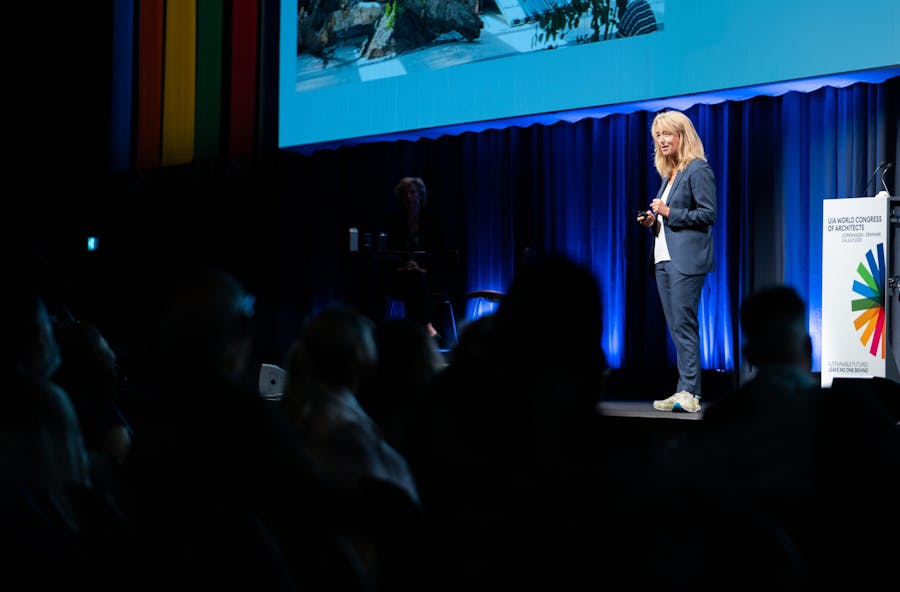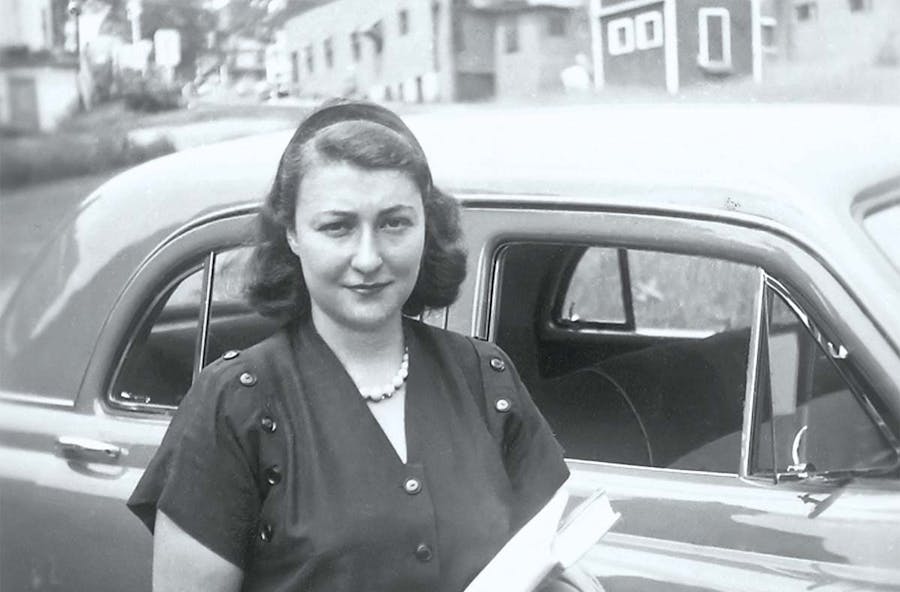29.08.2023
The Values of Nature:
A Need for a New Driver of Urban Development

Imagine your quality of life being just as dependent on urban development as on social media. What would that lead to? The answer to that question depends on the drivers of urban development.
Founder and Partner Stig L. Andersson has written a chapter on city nature as a more sustainable driver for urban development in the new Danish book “Tænk os om – Alternativer til Lynetteholmen”. In his writing, Stig points out how most cities today are built without a real sense of human scale and prioritization of natural values. As they are often infected with loneliness, pollution and have a high climate impact, it seems that the sole driving force of today’s urban development is profit maximization and not a genuine wish to create sustainable and mixed cities that are often promoted when the development is initiated.
There’s a fundamental crisis rooted in the way we live, consume, and perceive nature; we tend to think of ourselves as separate from nature – and nature as an ever-present resource warehouse that is available at our convenience and always able to support our needs in this imagined, cut-off creation that is the built environment. That belief plays a central role in our challenges with creating healthy and livable cities that won’t destroy the basis of our existence. It’s an unsustainable belief. Humans are not separate from nature. We are nature.
We need to change our urban development strategies and work to create better conditions for all kinds of life with a nature-based approach that includes and learns from nature’s processes. Applying the many already existing natural ecosystem services in our city nature will help solve our urban problems. Measuring the quality and success of our city nature should be done by evaluating performance in relation to social, aesthetic, biological, and rational values. These values are equally important and applying them will ensure a holistic and all-encompassing design.


The Social Value of Nature
When city nature is discussed, the premise often becomes whether it’s nice-to-have or need-to-have. From a social perspective, however, the answer is this; City nature is our most fundamental right-to-have.
The social value of city nature carries three promises; to make our individual lives healthier and better, to make our society more social and just, and to create opportunities for new ways of living and dwelling. To reap these benefits, we must design nature-based spaces where we’re confronted with nature in all its aesthetic power. This doesn’t necessarily require a lot of space – it can occur in roundabouts, median strips, and housing areas. Quality and intensity are keywords.
The Aesthetic Value of Nature
Our aesthetic sense of nature arises when we find ourselves in scenic landscapes, making us realize our embeddedness in nature. We realize the magnitude of the reports on numerous natural disasters predicted by experts around us, and we’re inspired to act. In the city, the designed new urban nature enriches us with the aesthetic experience by infusing wild, sensory, and physical elements into the built environment. When we hear birds sing, smell decaying trees, feel the air after a downpour, and see stars at night, we feel connected to the world and each other. This gives our lives existential meaning and evokes our responsibility to the planet.
The Biological Value of Nature
A biologically diverse city nature is not just fundamental regarding the quality of ecosystem services, climate adaptation, and supporting a socially well-functioning city; biodiversity also acts as the foundation for our mental and physical health and well-being. Right now, humanity is causing the sixth mass extinction, threatening up to half of the world’s species with extinction. This is a tremendous loss not just to nature’s inherent value but also because nature and natural phenomena make our lives meaningful.
The Rational Value of Nature
Well-designed city-nature contributes with ecosystem services that make cities more sustainable and keep them safe during heavy rainfall and flooding, as well as lowering temperatures during heatwaves and retaining warmth during cold winters. We’ve even started to grasp how select trees and plants can purify the air, reducing the harmful particles we inhale in our urban environment. This positive progress is a significant step forward from believing we can only solve our problems with new technology. However, when we label nature’s various beneficial attributes as ecosystem services, there is a risk that we might believe – once more – that nature is simply meant to serve and fulfill our needs and desires – in this instance, as services rather than raw materials.
Insisting on an ecocentric worldview is central if we want to integrate all the goods nature can bring to our cities. We must collaborate with nature when we approach urban development and start designing our cities. Not just for the sake of humanity but for life – all life.
If you’re interested in diving deeper into this topic, you can pick up the book “Tænk os om” with Stig’s essay ‘The Value of Nature and the Ecocentric City” in Danish here.
Perspectives

Why Darkness Matters: Acknowledging the Rhythms of Nature
When did you last see a starry night sky? For city-dwellers, this experience may feel like a distant memory. Our extensive use of artificial light has turned ‘darkness’ into a diminishing phenomenon – not only affecting stargazers but also the health of humans, wildlife, and trees. As Pernille Bech-Larsen, lighting designer at SLA, will unfold, we have plenty of good reasons to let a little more darkness into our cities.

Our economies, livelihoods, and well-being all depend on our most precious asset: Nature
These were the opening lines of Professor Sir Partha Dasgupta’s report “The Economics of Biodiversity” and were also at the center of the conversation our CEO, Mette Skjold, had with Dasgupta at the UIA World Congress of Architects CPH 2023.
They agreed that we, as humans, depend on nature – not only as a source of resources and wealth but also as the foundation for our physical and mental well-being. We are not separate from nature. We are nature.



